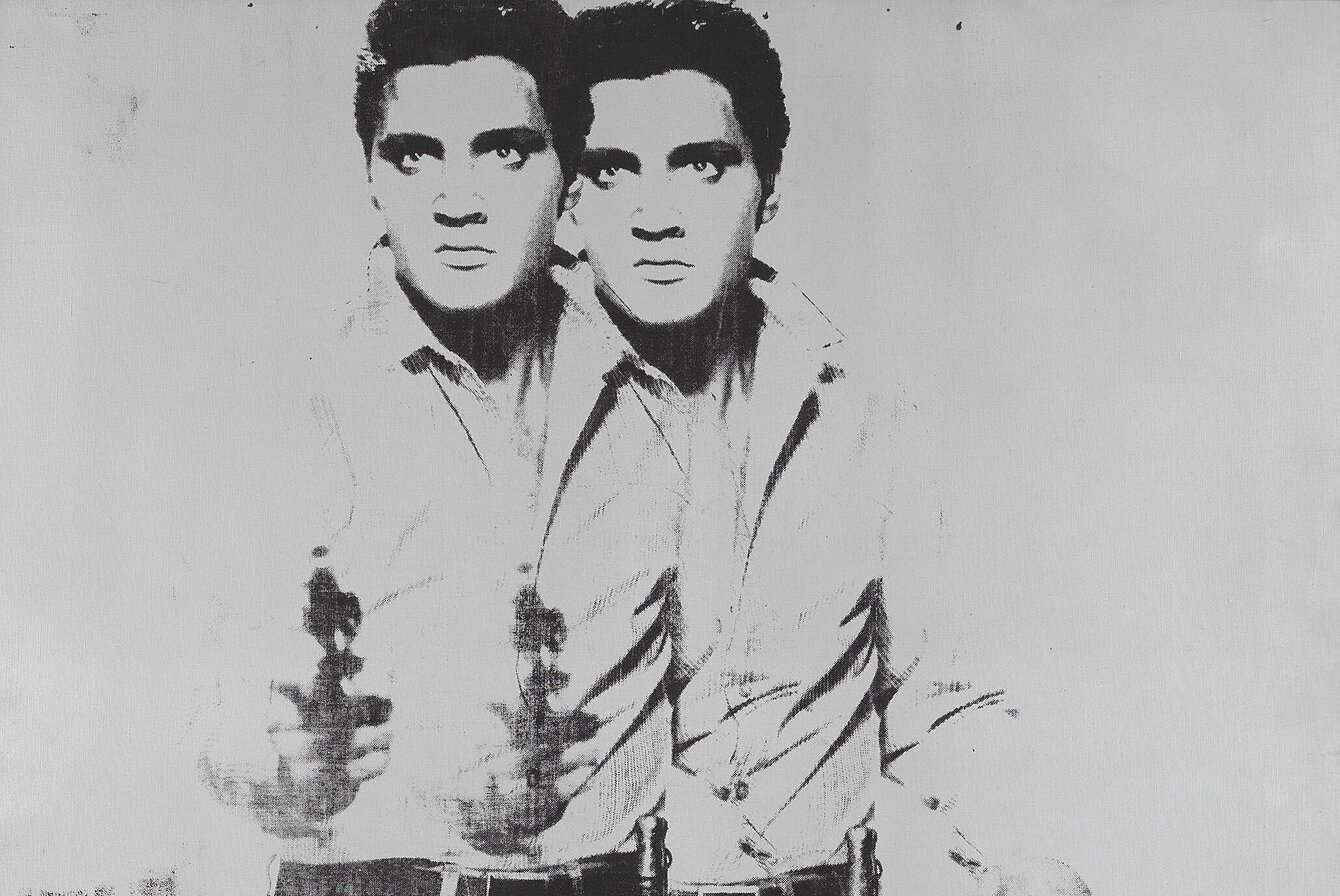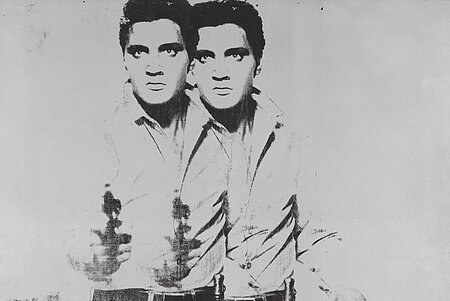Warhol has already been dead for 22 years. He was considered a myth, celebrity and public figure even in his lifetime. That was part of his strategy. Like the sphinx he was often compared with, he had a gift for camouflaging his true artistic meaning behind the media packaging. He developed from it a complex artistic principle whose real extent has become evident only in recent years. That also means that Warhol is the paramount artist right now, achieving prices in the market matching those of Picasso or the Impressionists. In the coming years, we may expect a real spate of exhibitions focusing on him in particular.
The nature of the oeuvre and Warhol's treatment of his myth open up countless opportunities for interpretation - an aspect that reinforces his importance still more. We find classic and thematic interpretations alongside contemporary and personal biographical interpretations.
The present exhibition endeavours to get to the heart and revolutionary force of the oeuvre. In the 50s, American painting took a leap into a new world with the work of Barnett Newman. A politically and socially very committed artist, Newman developed a basic abstract formal idiom that, as we now know, wholly redefined physical, mental and spiritual space. His radicalism went much further than that of colleagues of his generation such as Mark Rothko or Clyfford Still. It is the same with Warhol and Pop Art. In the avenues he explored, he likewise went much further than painters such as Lichtenstein or Rosenquist, not only challenging painting as a medium but also exploring the topics of existence and the function of pictures in a way that had barely seemed possible before. Present developments in the media world confirm the relevance of his approach to an undreamt-of extent. These are important aspects for our exhibition.
Our starting point is the assumption that, in a certain phase of his work in the sixties, Warhol was looking specifically towards Newman's work. The exhibition will show prominent pictures from those years. It was the time when Warhol was formulating his "classics", but turning step by step towards film work. For us, that means that, under the title Screening Real, we reflect his film output with film and media installations, so as to put them in a comparable context alongside the exhibition of his painting works.
For the Kunsthaus Graz, however, it is also important to look at these assumptions from a contemporary angle. Just as in the exhibition Gods in Exile we viewed Salvador Dalí and Arnold Boecklin through the eyes of Albert Oehlen, for this project one of the most significant painters today, Christopher Wool, is our partner. For someone like him, art and involvement with pictures has become inconceivable without Warhol. Since the 1980s, artists have been drawing on the phenomenon and its consequences in the art and media world. In Wool's case, the result has been a highly radical oeuvre in the best tradition of American painting. In consultation with the artist, we have decided to focus particular attention on his Word Paintings in the selection of his works. They constitute a further step in the mediatisation of images, and, with a radicalism comparable to Warhol's, combine directness, indifference and commitment, a combination of concepts that is traditionally far from normal, and indeed contradictory - but is for that reason all the more explosive. In an earlier decade, it would have been called "cool".
A catalogue accompanies the exhibition.





















